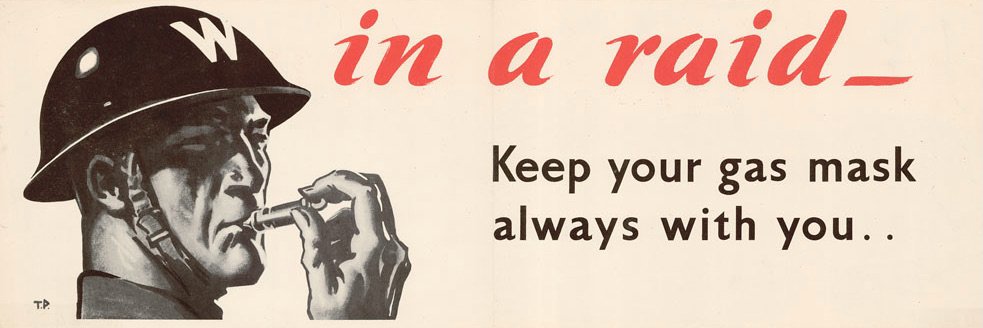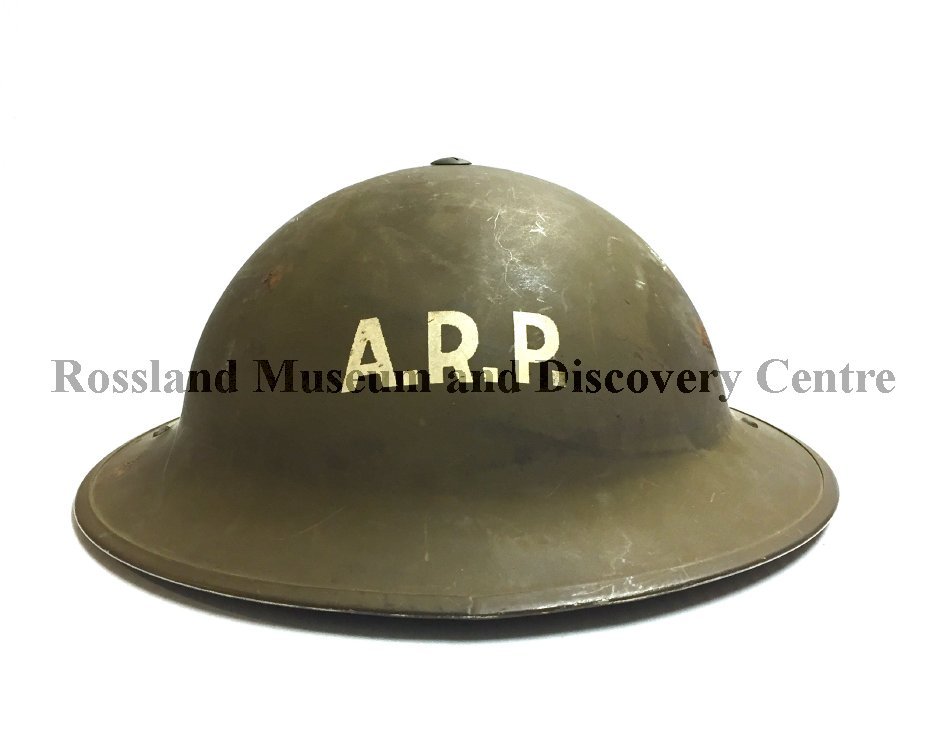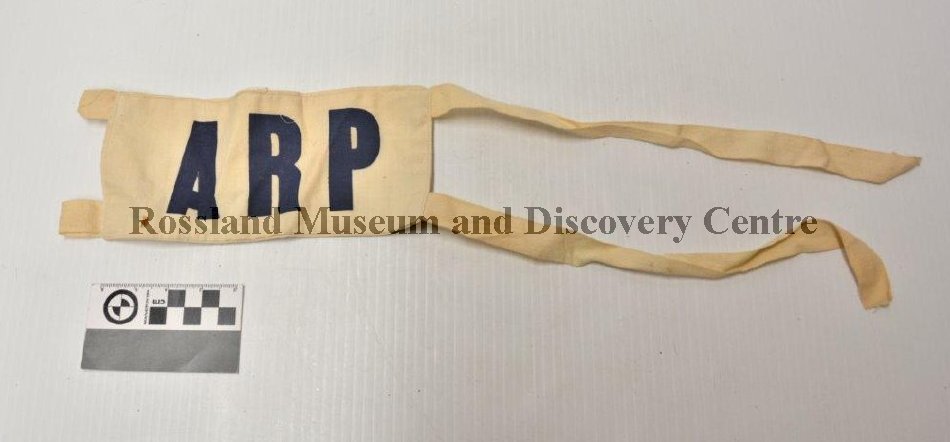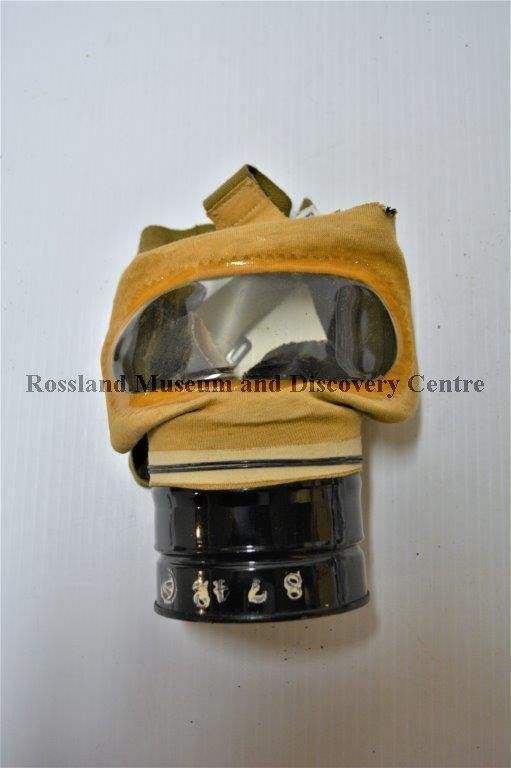Air Raid Precautions (ARP): Rossland Civilian Defence During the Second World War
Air Raid Precautions (ARP)
Pictured: Personnel of the Royal Canadian Navy Air Raid Precaution (ARP) squad in Halifax, Nova Scotia, Canada, November 4, 1942. Credit: SLt Byron Johnston Baillie / Dept. of National Defence / Library and Archives Canada / PA-106017.
Air Raid Precautions (ARP) was an organisation formed during the Second World War to help protect against enemy air attacks. In Canada, branches of the ARP were formed in vulnerable cities on the Atlantic and Pacific coasts. The ARP was almost exclusively organised by volunteers, the majority of whom were trained to fight fires and provide first aid. Their main objective was to organise and enforce city-wide “blackouts.” During a blackout, the ARP was responsible for ensuring that outdoor lighting was severely minimised, such as switching off or covering street lights, car headlights, and residential lighting. If done correctly, a blackout would prevent enemy aircraft from identifying their target and impede their ability to conduct nighttime bombing raids.
IN ROSSLAND
Rossland had its own division of the ARP, which was also known as the Civilian Protection Service. Established in August 1941, the Rossland ARP’s primary responsibility was to ensure the city was prepared in the case of aerial bombardment, oversee blackout drills, and create an evacuation plan for the city. Rossland had many volunteers who joined the ARP, which was headed by Mayor John Gordon.
Members of the public also donated a variety of items to the ARP, such as the use of their vehicles to be used as ambulances and fire trucks. A number of air raid sirens were positioned throughout Rossland, which would have been activated during a blackout. The Court House was chosen as the location for an emergency hospital if needed.





For More Information:
Canadian War Museum | “Air Raid Precautions Armband”
Rossland Museum & Discovery Centre | “Rossland ARP”

